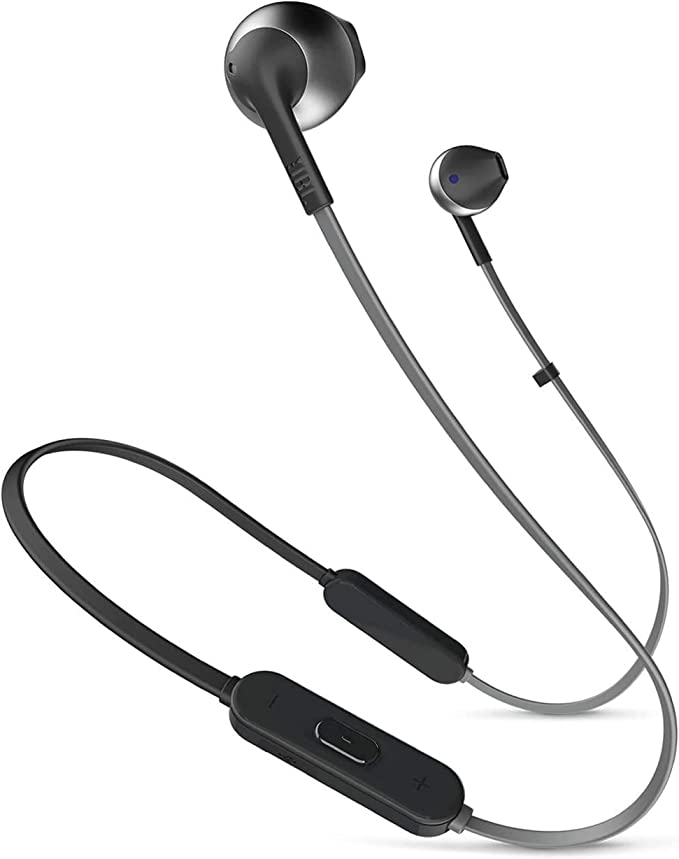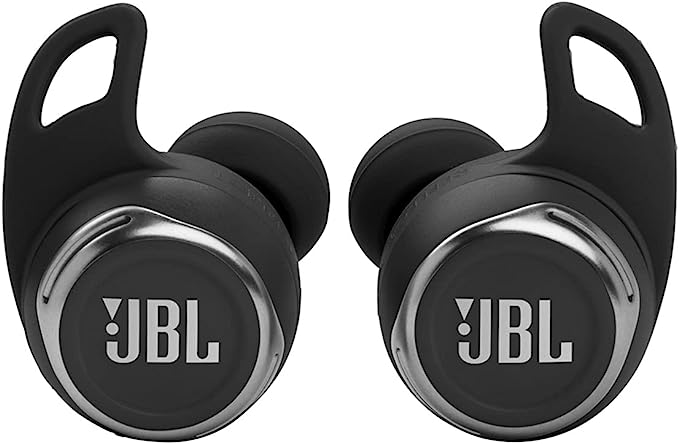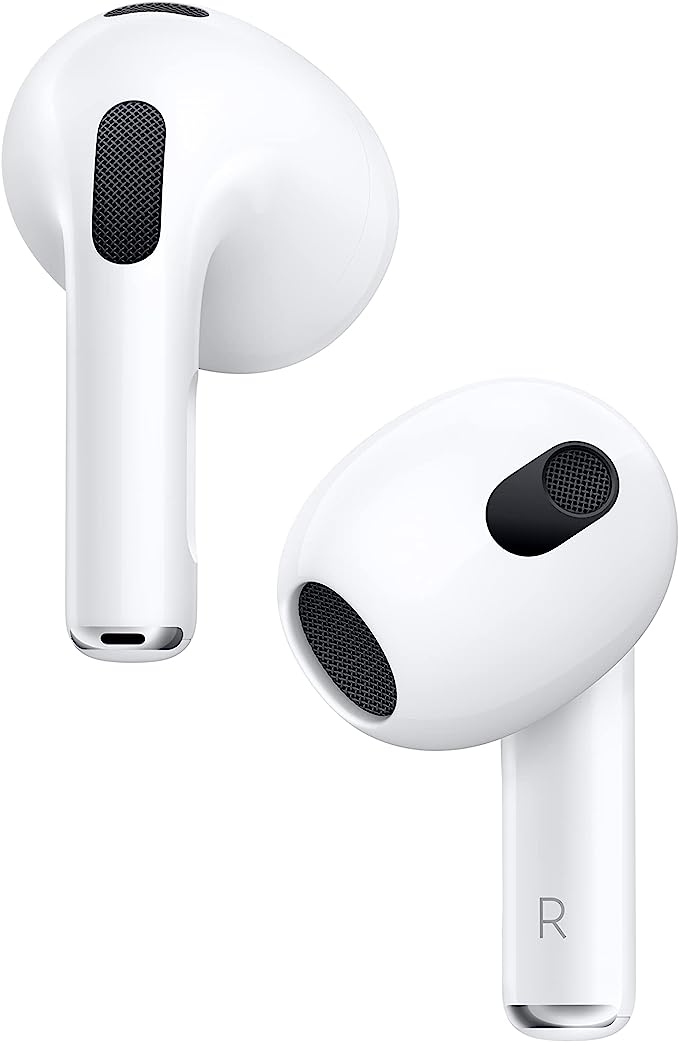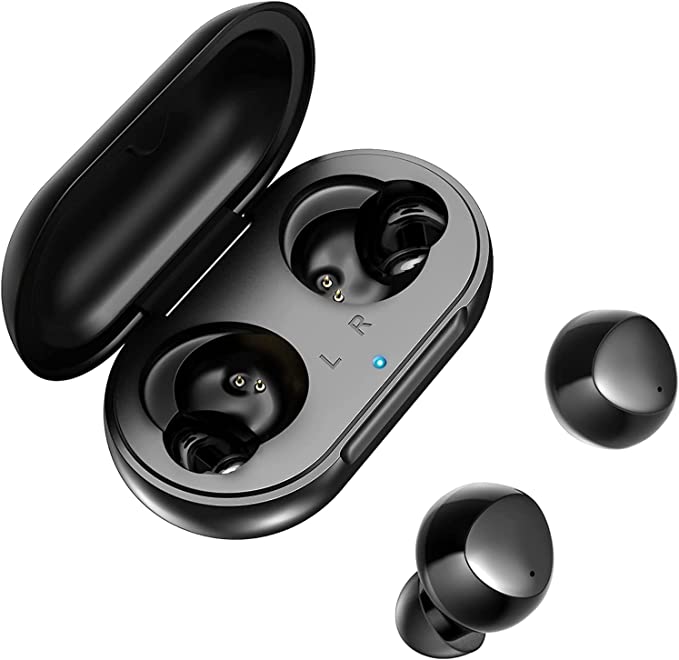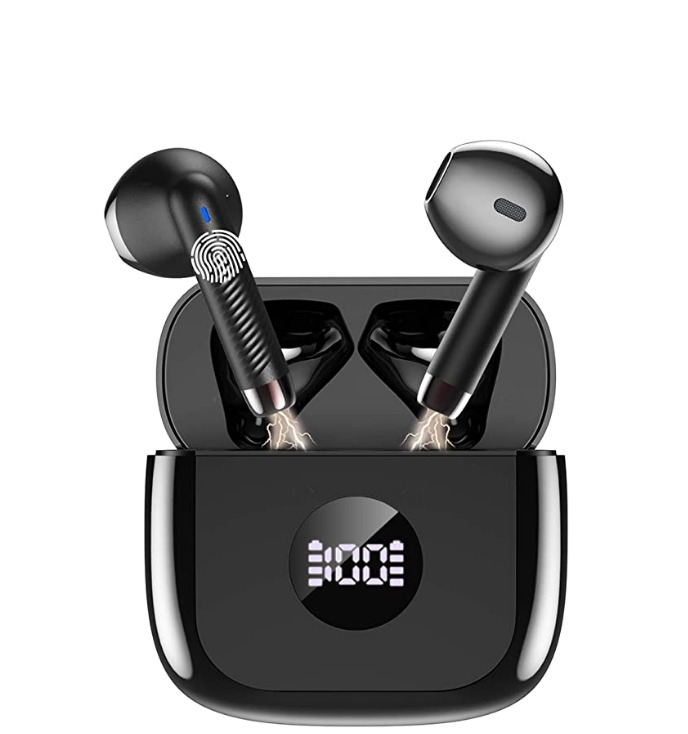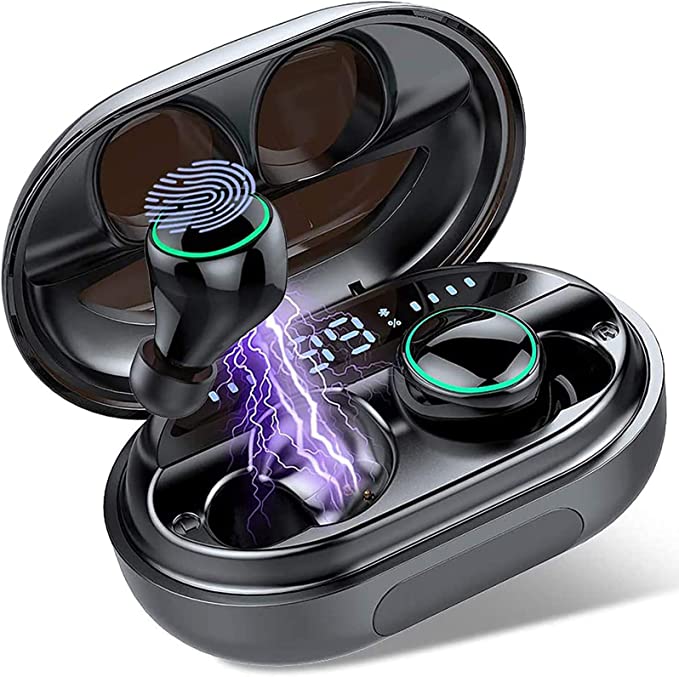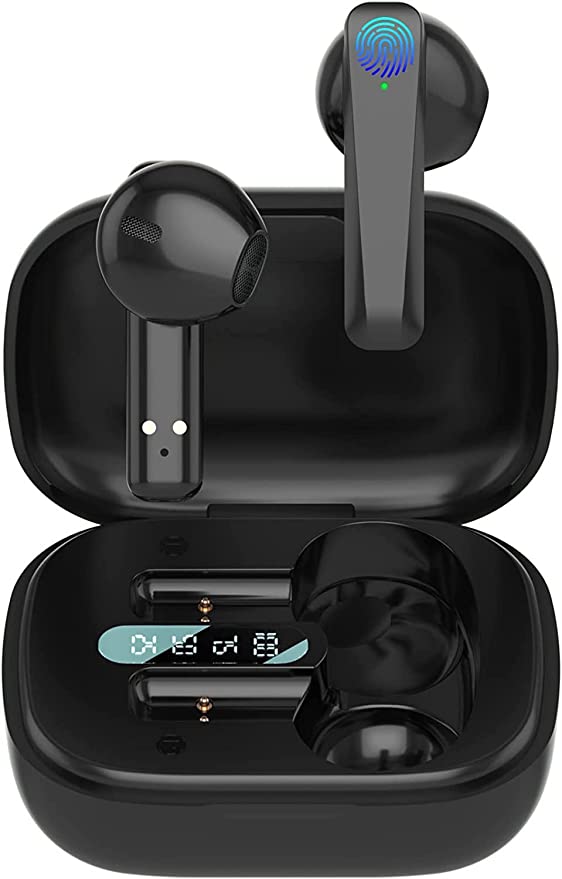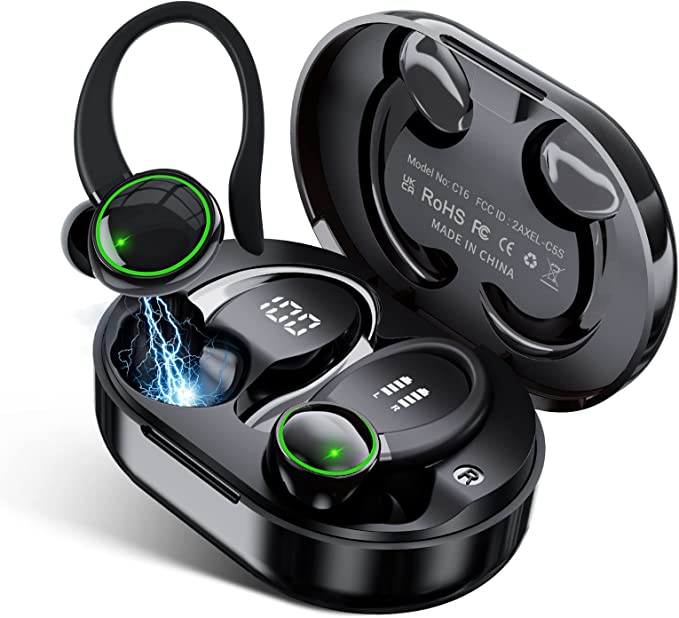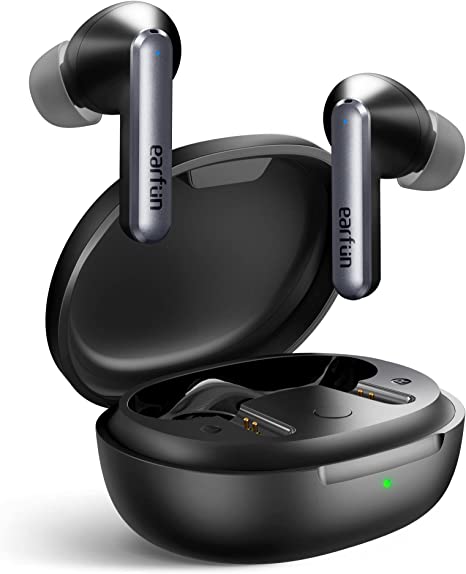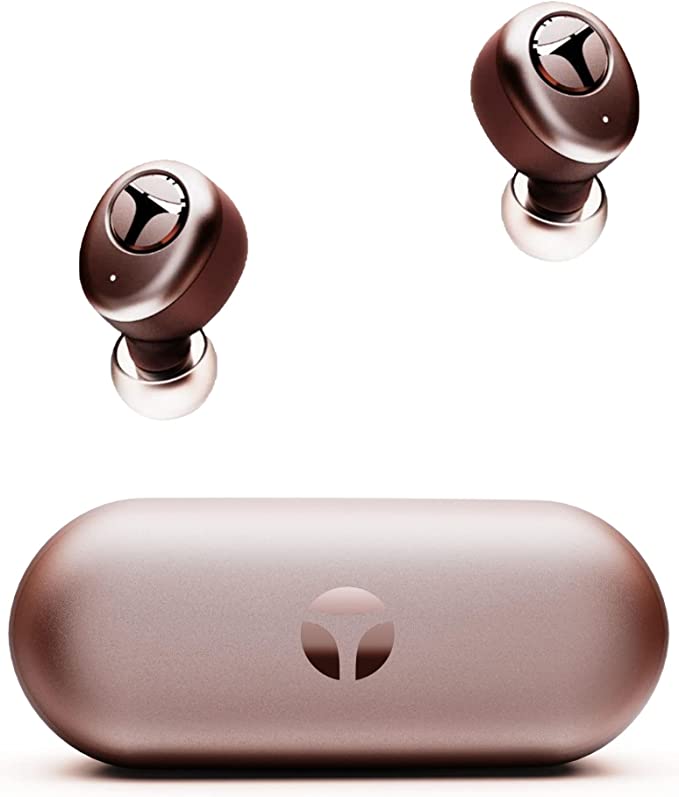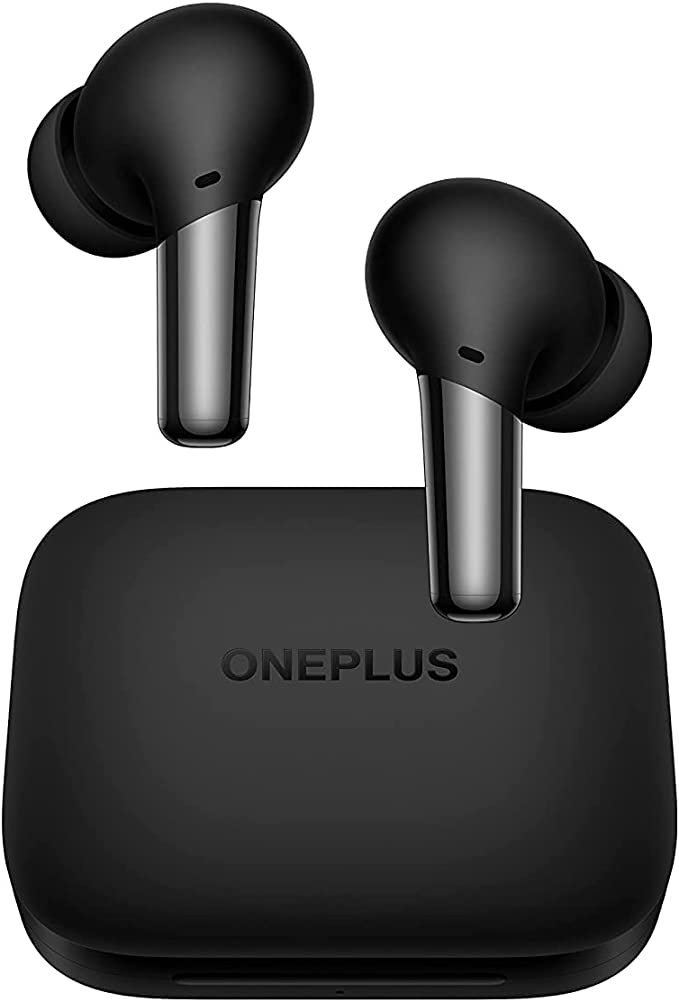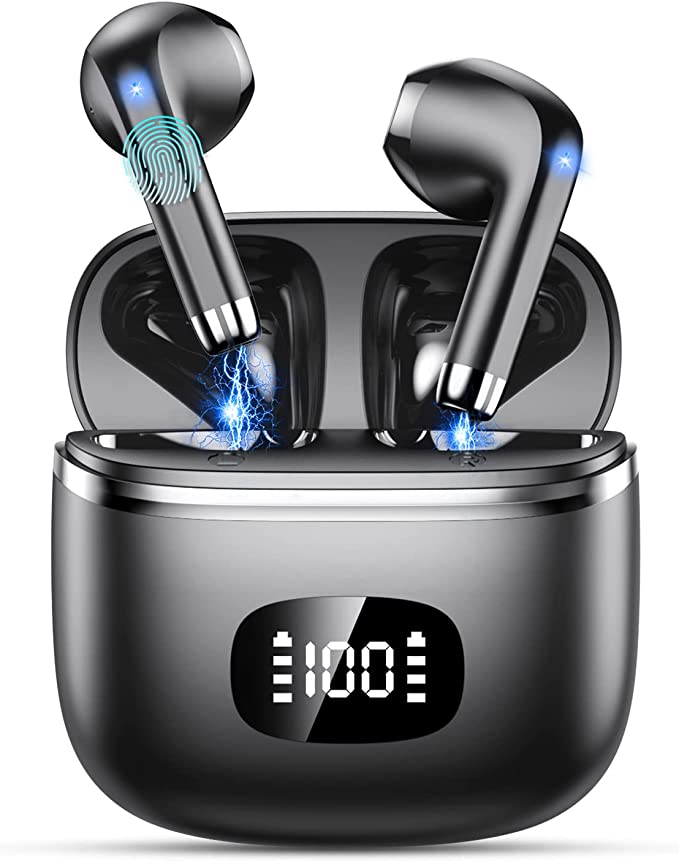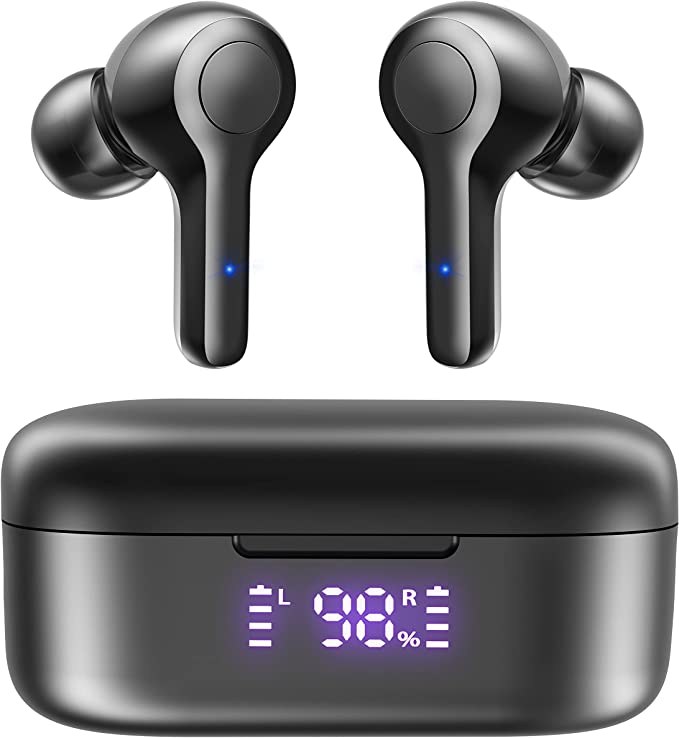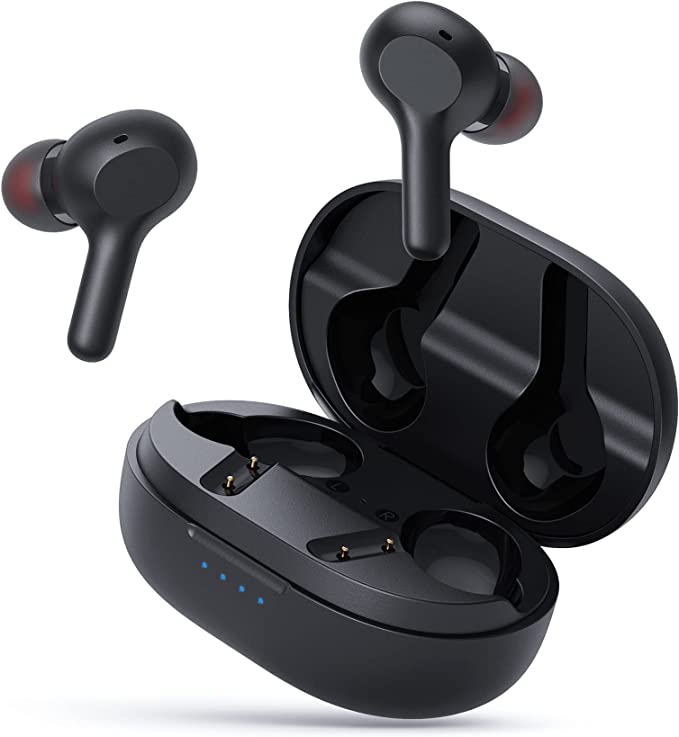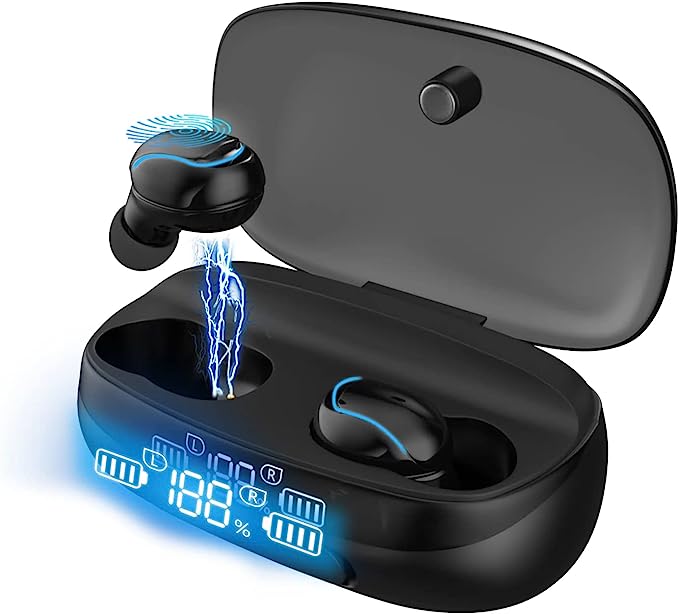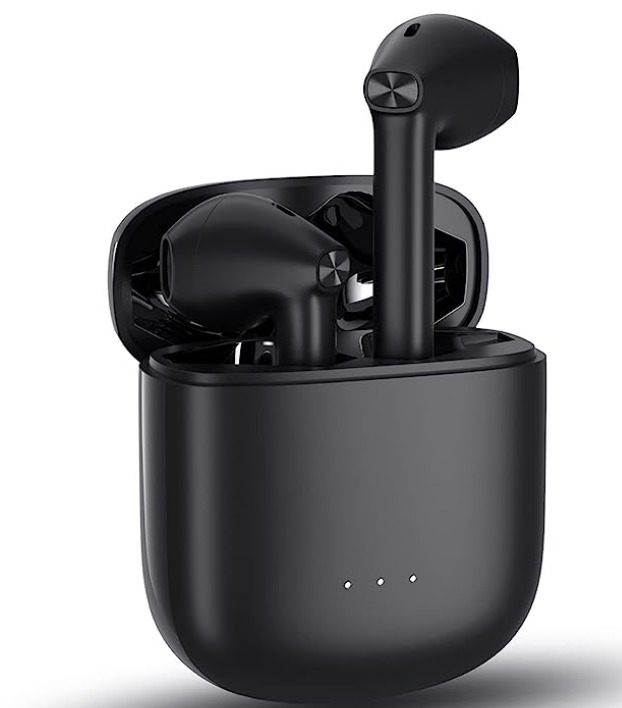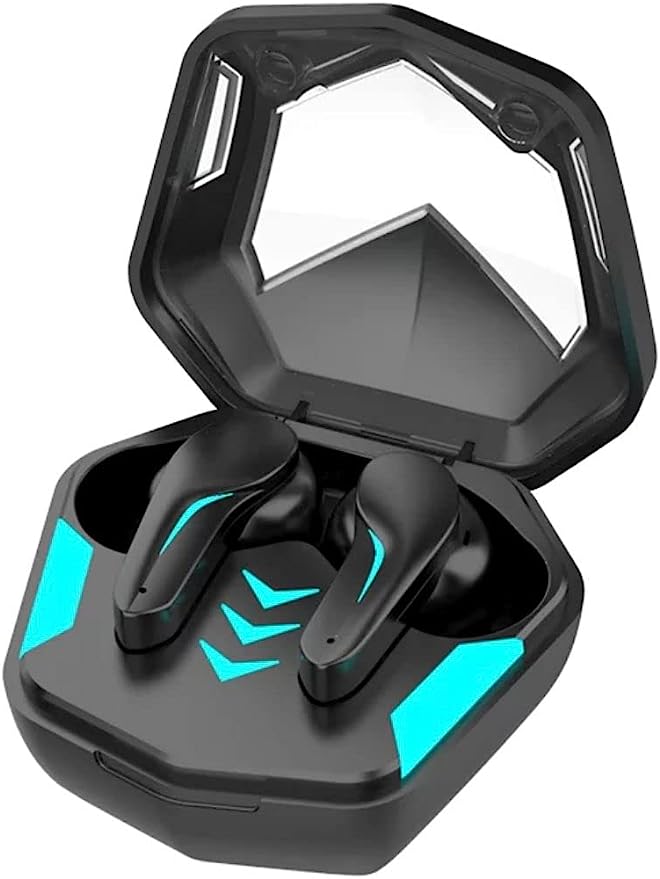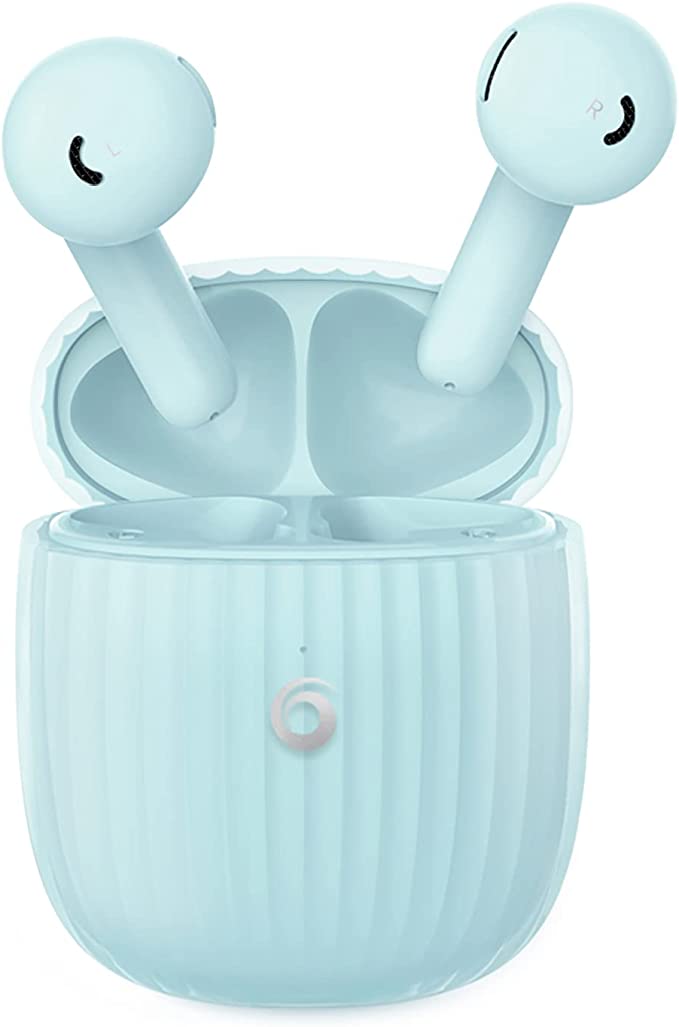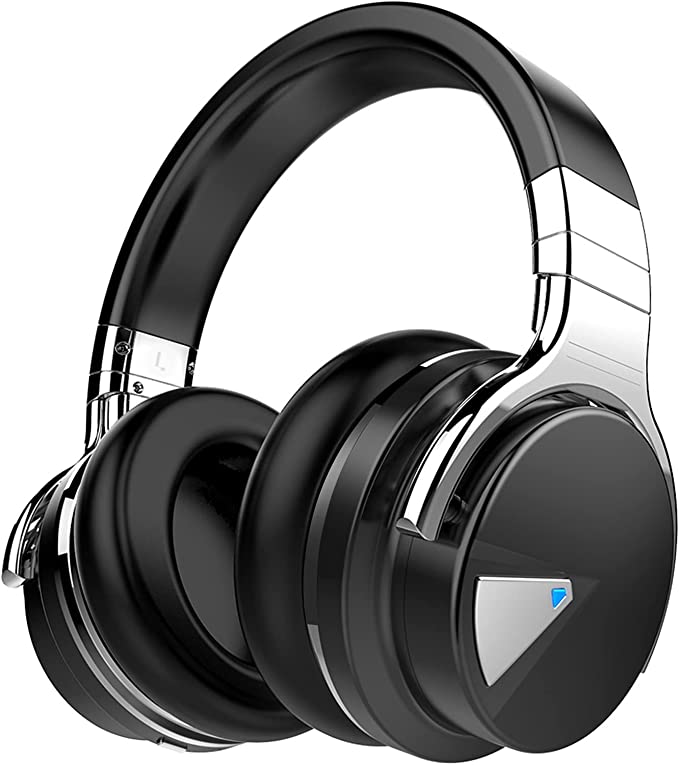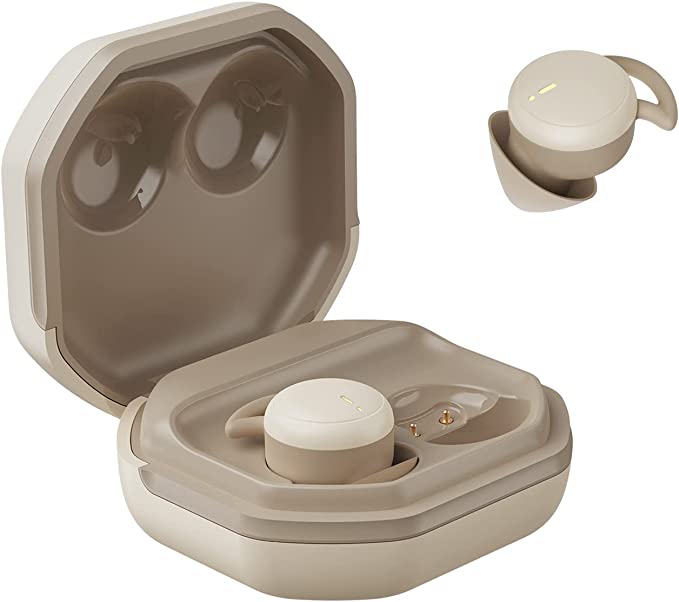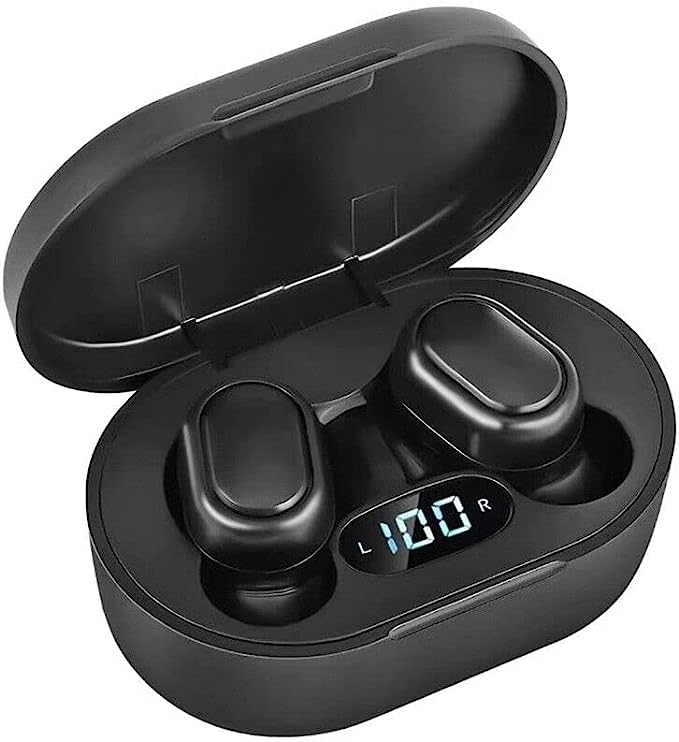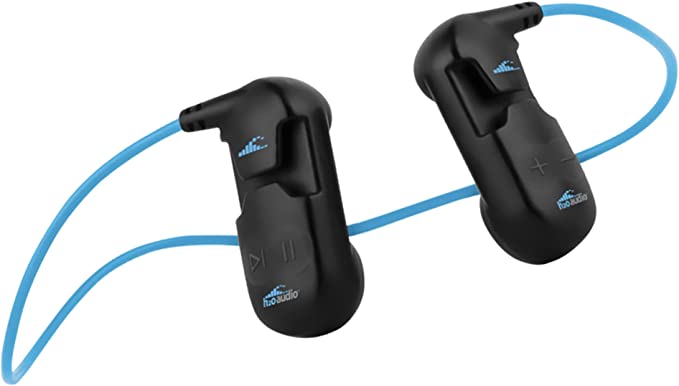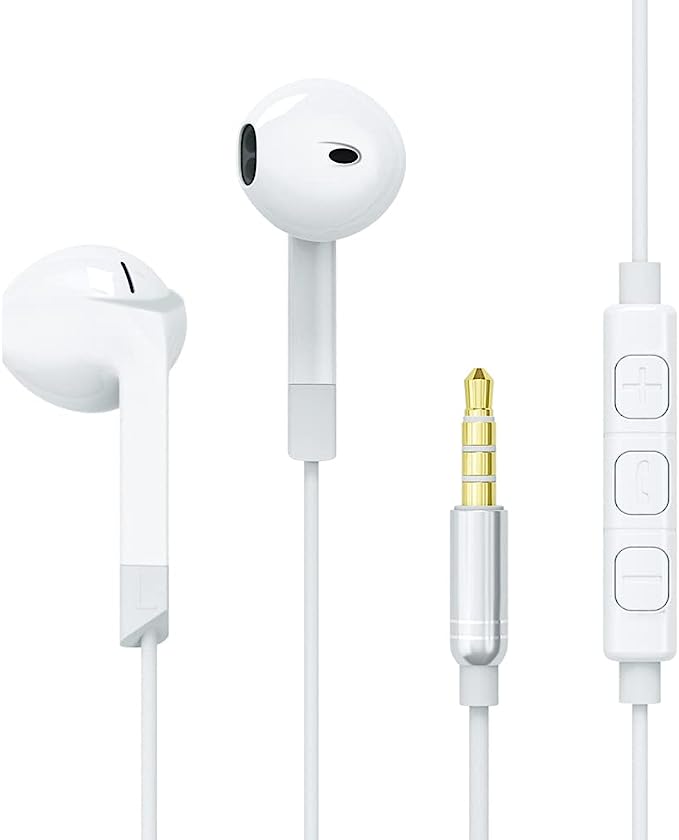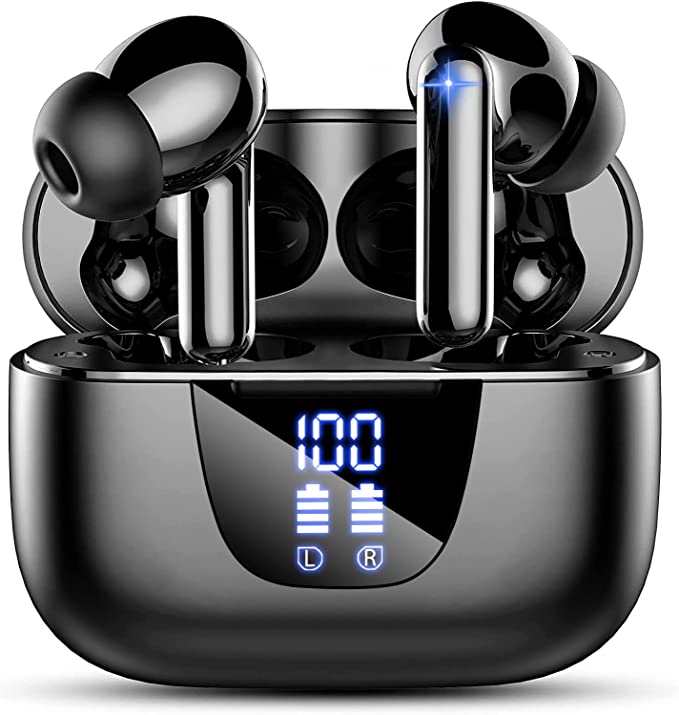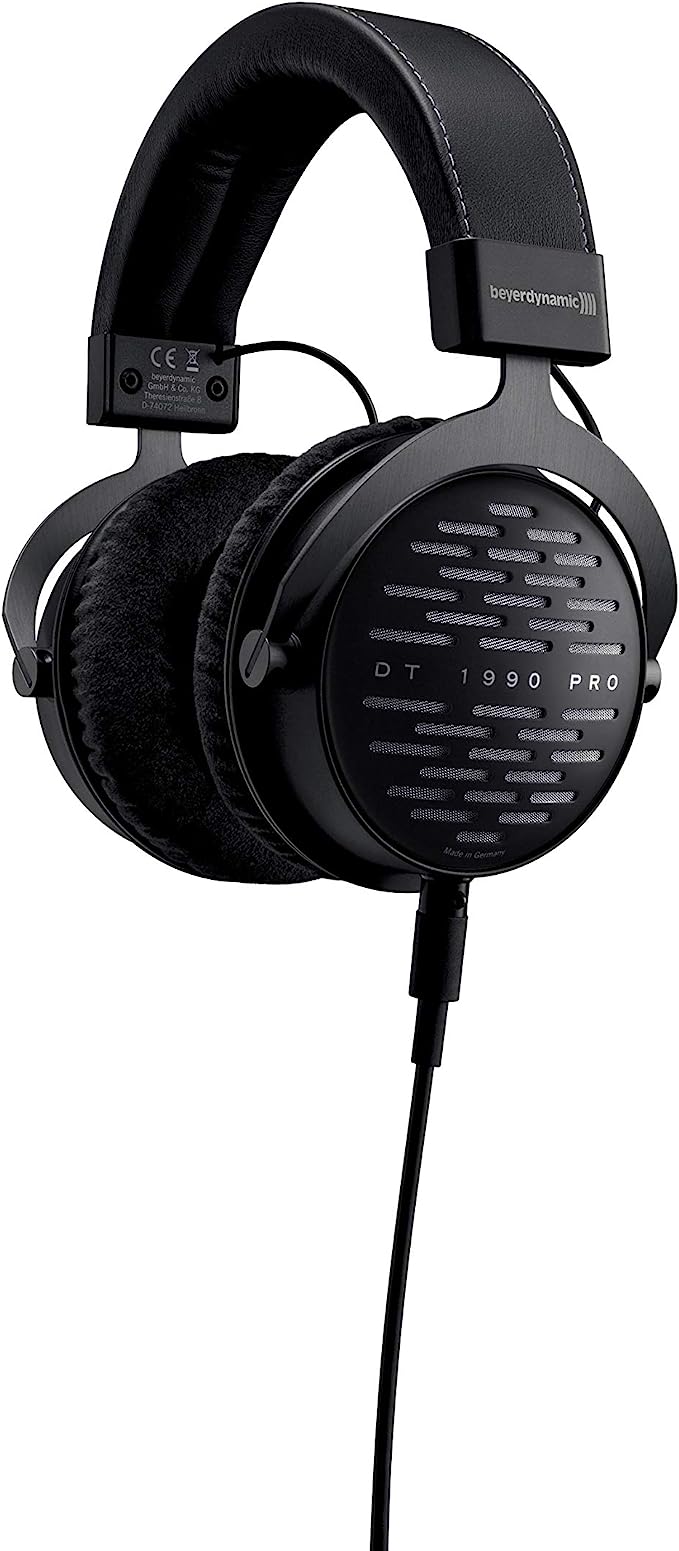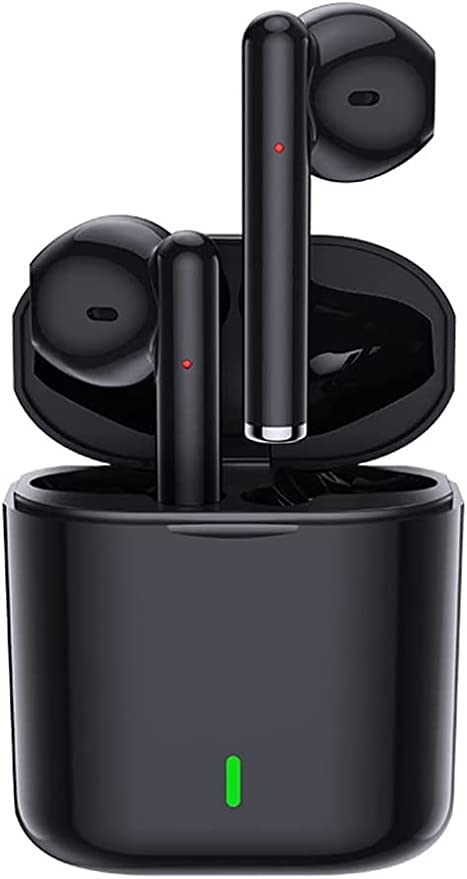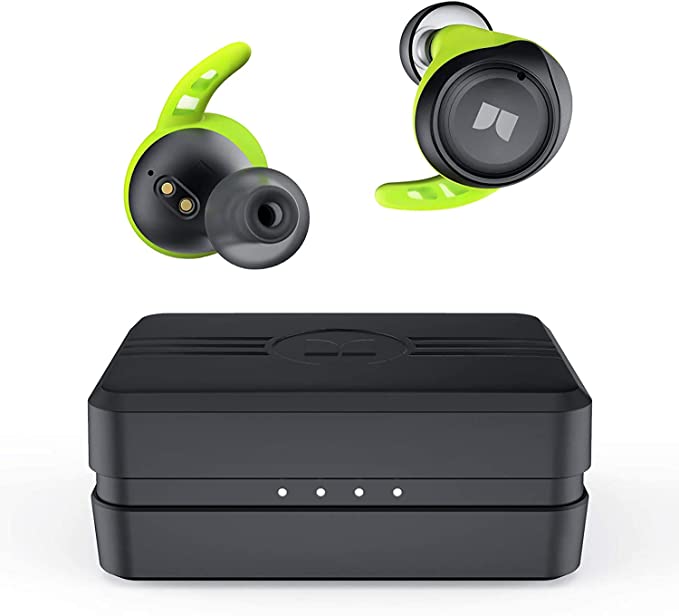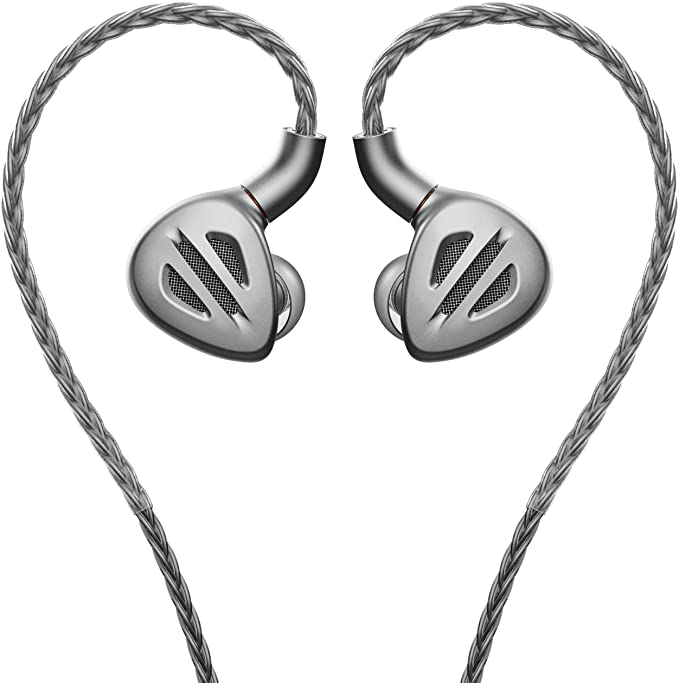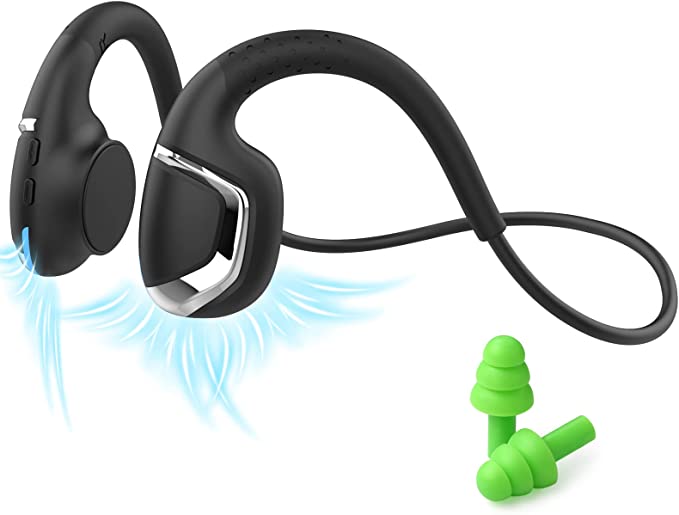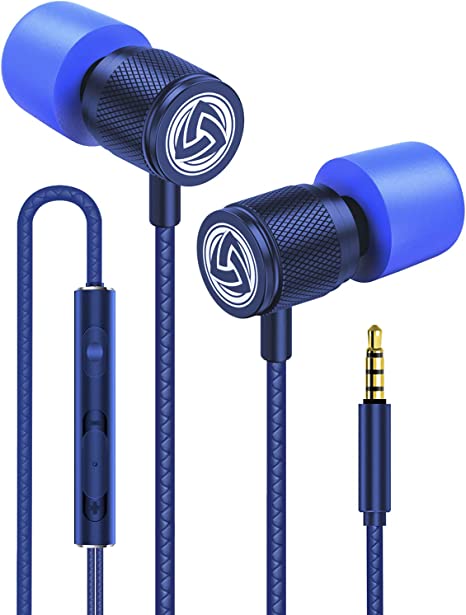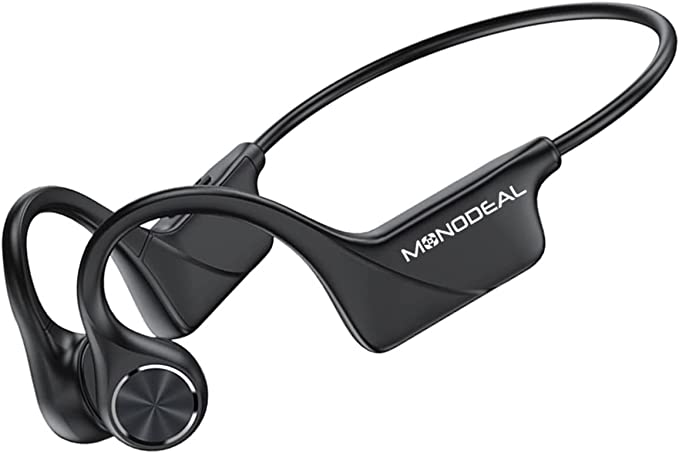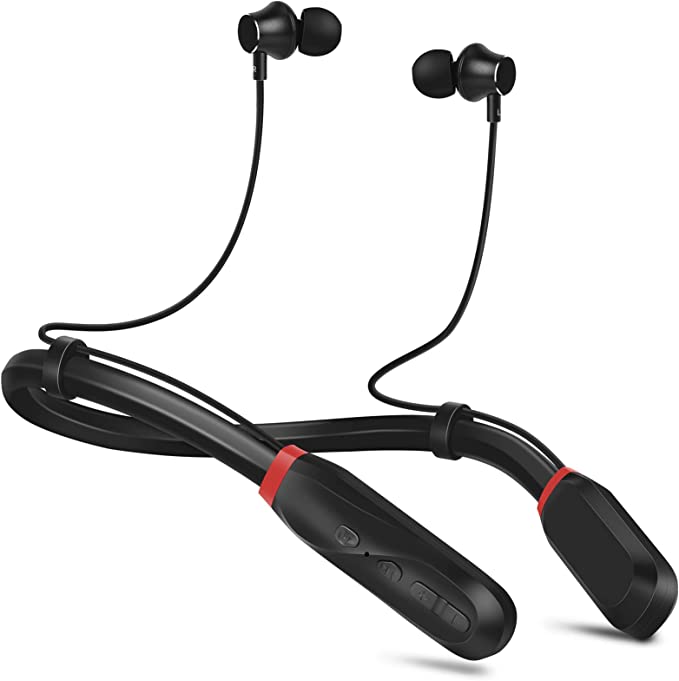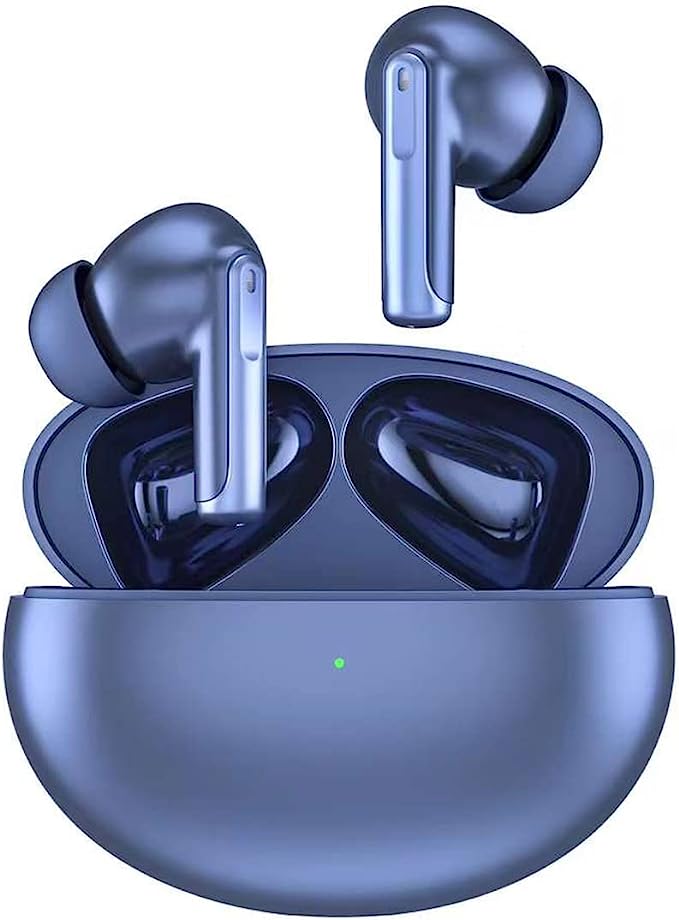JBL Tune 205BT Wireless In-Ear Headphones: The Science of Everyday Sound and Freedom
Update on May 15, 2025, 3:46 a.m.
We live in a world saturated with sound, much of it curated and delivered directly to our ears through an increasingly indispensable piece of personal technology: the wireless earbud. From the energizing beats that fuel our morning jog to the immersive narratives of our favorite podcasts on the evening commute, these tiny companions create personal soundscapes that color our daily lives. But have you ever paused to consider the intricate tapestry of science and engineering woven into these seemingly simple devices?
Let’s take a closer look, using a familiar example like the JBL Tune 205BT Wireless in-Ear Headphones (Silver). Not as a product review, but as a fascinating case study – a window into the everyday magic of audio technology. Join me as we unpack the science that allows these earbuds to translate electrical signals into the rich tapestry of sound that moves us.

Act I: The Genesis of Sound – Inside the Earbud
The journey of sound begins deep within the core of each earbud, with components working in precise harmony. It’s here that electrical energy is masterfully converted into the acoustic energy we perceive as music, voice, and all the nuances in between.
The Heartbeat: Unveiling the 12.5mm Dynamic Drivers
At the very heart of each JBL Tune 205BT earpiece lies what’s known as a dynamic driver, in this case, a respectable 12.5mm in diameter. Think of a dynamic driver as a miniature, high-precision loudspeaker, meticulously engineered to fit within the compact confines of an earbud. Its operation is a beautiful example of electromagnetism in action.
Inside, a lightweight coil of wire, called the voice coil, is attached to a flexible, cone-shaped membrane known as the diaphragm. This voice coil is suspended within a strong magnetic field created by a permanent magnet. When an electrical audio signal (representing the music or voice) flows through the voice coil, it generates a fluctuating magnetic field around the coil itself. This new field interacts with the field of the permanent magnet, causing the voice coil – and thus the attached diaphragm – to rapidly move back and forth. These vibrations displace the surrounding air, creating sound waves that travel into your ear canal. The larger the diaphragm, generally, the more air it can move, which can be particularly beneficial for reproducing lower frequencies – the bass notes that provide depth and warmth to music. The 12.5mm driver in the Tune 205BT is engineered to be the primary engine of its sound reproduction.
The Soul of the Bass: Exploring “JBL Pure Bass Sound”
JBL boasts a rich heritage, with over 70 years of experience in crafting the impressive sound systems found in large venues and recording studios worldwide. When they talk about “JBL Pure Bass Sound” in the Tune 205BT, promising bass that’s “both deep and powerful,” it’s more than just a marketing slogan; it hints at a specific acoustic tuning philosophy.
Achieving impactful bass in a small earbud is a delicate art. It involves not only the capability of the 12.5mm driver itself but also the acoustic design of the earbud enclosure – the tiny chamber in which the driver sits. The shape and volume of this enclosure, along with any venting, can significantly influence how bass frequencies are shaped and delivered. “Pure Bass” likely refers to an engineering approach that aims to enhance these low-end frequencies, giving them a satisfying presence without allowing them to overwhelm or muddy the clarity of the midrange and treble. It’s about delivering that visceral punch that makes music engaging, tapping into the way well-rendered bass can evoke a powerful emotional response.

Painting with Sound: The Significance of the 20Hz-20kHz Canvas
The JBL Tune 205BT is specified with a dynamic frequency response range of 20Hz – 20kHz. This range is crucial because it mirrors the generally accepted span of human hearing. Imagine an artist’s palette: 20Hz represents the deepest, rumbling bass notes (like the lowest pedal on a pipe organ), while 20kHz (or 20,000 Hertz) signifies the highest, most delicate treble sounds (like the shimmer of a cymbal or certain harmonics that add airiness to music).
For headphones to reproduce sounds across this entire “audible canvas,” it means they are designed to deliver a complete and faithful representation of the original audio. You get to hear the full story the music intends to tell – from the foundational thump of a kick drum to the subtle breath of a vocalist. This full-range capability is fundamental to a rich and immersive listening experience.
The Balancing Act: Sensitivity and Impedance Explained
Two other numbers you’ll encounter are sensitivity, rated at 100dB SPL/1mW, and impedance, at 32 Ohms ($\Omega$). Let’s demystify these.
Sensitivity tells us how loud the headphones will play for a given amount of power – in this case, 100 decibels of Sound Pressure Level (SPL) for every 1 milliwatt of power they receive. A higher sensitivity generally means the headphones can get louder with less power, making them efficient and well-suited for use with portable devices like smartphones, which typically have limited output power.
Impedance, measured in Ohms, is essentially the electrical resistance the headphones present to the audio source. A 32-Ohm rating is quite standard for consumer headphones designed for mobile use. It represents a good balance, allowing the headphones to be easily “driven” by most portable devices without requiring a dedicated, powerful amplifier, while still maintaining good sound quality. Together, appropriate sensitivity and impedance ensure that the Tune 205BT can deliver satisfying volume and clarity from the everyday gadgets we pair them with.

Act II: The Invisible Thread – Mastering Wireless Freedom with Bluetooth 4.1
Having great sound is one thing, but delivering it without the tether of wires is where modern convenience truly shines. The “BT” in Tune 205BT, of course, stands for Bluetooth, the ubiquitous technology that forms the invisible link between your audio source and your ears.
Decoding Bluetooth: Your Personal Radio Link
At its core, Bluetooth is a short-range wireless technology that uses radio waves in the 2.402GHz to 2.48GHz frequency band – the same general neighborhood as Wi-Fi, but with its own set of rules to avoid interference. Think of it as a tiny, personal radio station broadcasting sound directly and securely to your headphones. The Tune 205BT employs Bluetooth version 4.1. While Bluetooth technology has continued to evolve, version 4.1 was a significant step, offering improvements in connection stability, energy efficiency, and better coexistence with other wireless signals (like 4G LTE) compared to its earlier iterations. This means a more reliable stream of music and clearer calls with less drain on the battery.
The headphones transmit with a power of 0~4 dBm and utilize modulation techniques like GFSK, DQPSK, and 8-DPSK. These technical terms describe how the digital audio data is encoded onto the radio waves for transmission, optimized for clarity and efficiency over short distances.
The Language of Connection: Understanding Bluetooth Profiles
For Bluetooth devices to communicate effectively for specific tasks, they need to “speak the same language.” This is where Bluetooth profiles come in. These are standardized sets of rules and capabilities for different functions. The JBL Tune 205BT supports several key profiles, acting like a well-coordinated team of specialists:
- HFP v1.5 (Hands-Free Profile) and HSP v1.2 (Headset Profile): These are the workhorses for voice calls. They enable the earbuds to act as a wireless headset, allowing you to answer calls, speak through the built-in microphone, and hear the caller.
- A2DP v1.2 (Advanced Audio Distribution Profile): This is the profile dedicated to streaming high-quality stereo audio. When you’re listening to music or watching a video, A2DP ensures the sound is delivered in rich stereo to your earbuds.
- AVRCP v1.5 (Audio/Video Remote Control Profile): This profile grants you control. It allows the three-button remote on the Tune 205BT to send commands like play, pause, skip track, and (often) adjust volume back to your phone or audio device.
Together, these profiles ensure that the earbuds can seamlessly switch between immersive music playback and clear, convenient hands-free calls, all without you needing to touch your audio source.
Act III: Designed for Your Life – The Nuances of Ergonomics, Power, and Practicality
Beyond the core sound and wireless technologies, the true utility of everyday earbuds lies in how well they integrate into the fabric of our lives. This involves thoughtful design in terms of comfort, power longevity, and ease of use.
The Science of Comfort: More Than Just “Comfort-Fit”
JBL describes the Tune 205BT as having “comfort-fi t earbuds” that are “soft, ergonomically shaped.” This isn’t just about feeling pleasant to the touch; it’s about the science of ergonomics applied to the highly variable and sensitive structure of the human ear. The goal is to create a shape that rests securely and comfortably in the concha (the outer bowl of the ear) for extended periods without causing pressure points or fatigue. The 16.5-gram weight further contributes to this, making them feel almost unnoticeable during long listening sessions.
Unlike some “in-ear monitors” (IEMs) that insert deeply into the ear canal to create a tight seal, the Tune 205BT appears to adopt a design that sits more gently in the outer ear. This style can be preferred by users who find deep-insertion earbuds uncomfortable or overly isolating. The trade-off might be slightly less passive noise isolation, but for many, the enhanced comfort for daily, prolonged use is a welcome benefit. A good ergonomic fit also plays a role in sound delivery, particularly in maintaining consistent bass response.
Powering Your Playlist: The Endurance of the Polymer Li-ion Battery
Keeping the wireless experience alive is a Polymer Li-ion Battery, specifically a 3.7V, 120mAh (GSP051230 01) unit. Modern lithium-ion polymer batteries are marvels of miniaturization, packing a significant amount of energy into a very small and lightweight form factor – essential for devices like wireless earbuds.
The Tune 205BT is rated for up to 6 hours of maximum music playtime or talk time on a single charge. This duration is often enough to cover a daily commute, a workout session, or several hours of focused work. When the battery eventually depletes, a full recharge takes approximately 2 hours using the provided charging cable, getting you back to your untethered audio experience relatively quickly.
Fingertip Command: The Simplicity of the Three-Button Remote & Microphone
Integrated into the cable connecting the two earpieces is a convenient three-button remote with a built-in microphone. This seemingly simple interface is central to a fluid hands-free experience. The buttons typically allow you to play or pause your music, skip to the next or previous track, and answer or end phone calls. On many devices, long presses or combinations might also control volume or activate your phone’s voice assistant.
The built-in microphone, with a specified sensitivity of -21 dBV/Pa @1kHz, is engineered to capture your voice clearly for calls, even when you’re on the move. This combination of remote and microphone transforms the earbuds from a passive listening device into an active communication tool.
Everyday Ingenuity: The Tangle-Free Cable and Other Small Wonders
Sometimes, it’s the small details that make the biggest difference in daily usability. The JBL Tune 205BT features a flat cable connecting the two earpieces. This isn’t just an aesthetic choice; flat cables have a lower tendency to twist and knot themselves into frustrating tangles compared to traditional round cables. This is due to their geometry, which resists coiling in multiple dimensions. It’s a simple bit of physical design that saves a common annoyance.
The package also includes essential accessories like a charging cable, a warning card, a warranty card, a safety sheet, and a Quick Start Guide (QSG), ensuring you have everything needed to get started and use the product safely.
Grand Finale: The Symphony of Science in Your Pocket
As we’ve journeyed through the JBL Tune 205BT, from its sound-producing drivers to its wireless heart and ergonomic considerations, it becomes clear that even an accessible pair of everyday earbuds is a miniature symphony of scientific principles and meticulous engineering. The deep resonance of the bass, the clarity of a voice on a call, the freedom of a wireless connection – these are not accidents, but the result of decades of research and development in fields like acoustics, materials science, radio frequency engineering, and power management.
The 12.5mm dynamic drivers tirelessly translate electrical pulses into audible vibrations. Bluetooth 4.1, with its ensemble of profiles, weaves an invisible yet robust connection through the air. The carefully shaped earbuds and lightweight design speak to an understanding of human anatomy and comfort. The compact Li-ion battery diligently powers hours of personal soundscapes.
Ultimately, technologies like those found in the JBL Tune 205BT serve to bridge the gap between the digital world of our audio content and the deeply personal, emotional experience of listening. Understanding a little of the science and ingenuity packed into these tiny devices doesn’t diminish their magic; rather, it can deepen our appreciation for the seamless way they integrate into our lives, delivering the soundtracks that accompany our individual journeys. The next time you pop in your earbuds, take a moment to marvel at the unheard symphony of science working diligently, right there in your pocket, ready to play your world.
